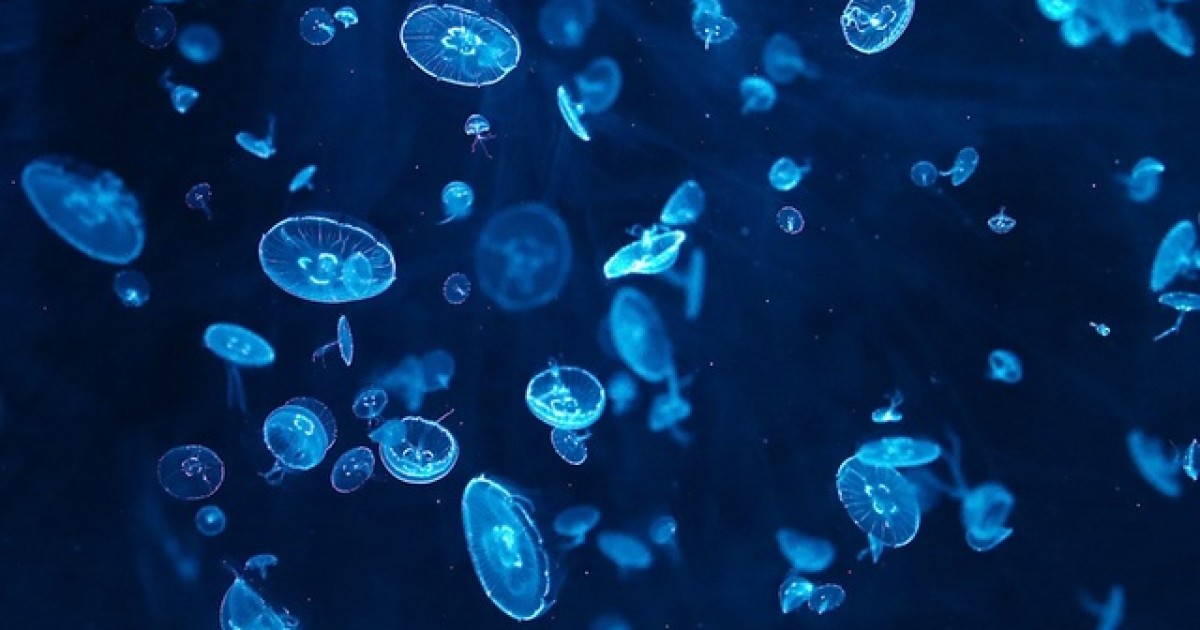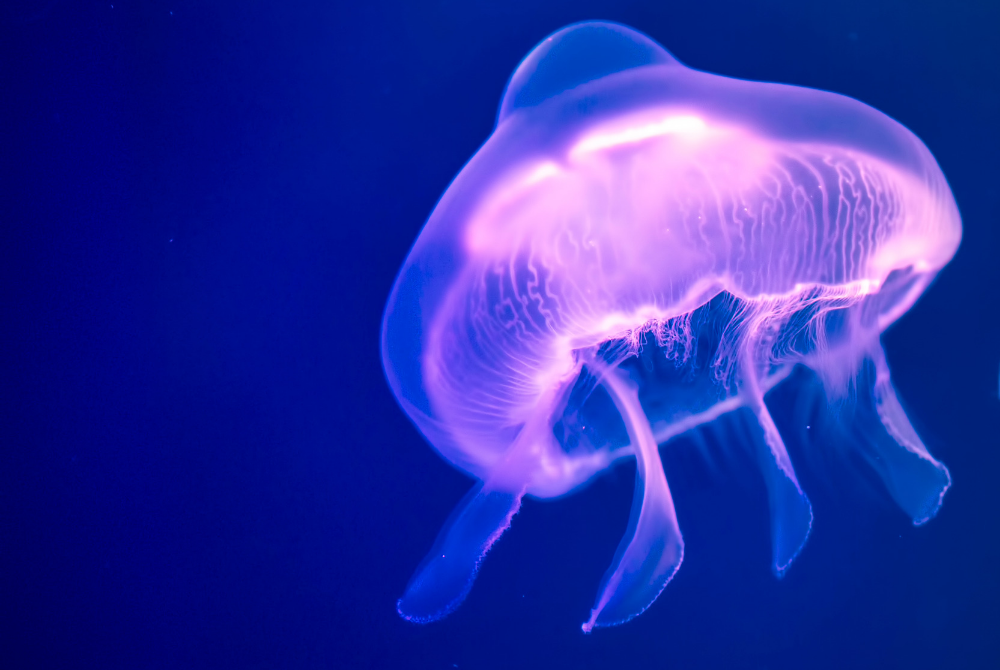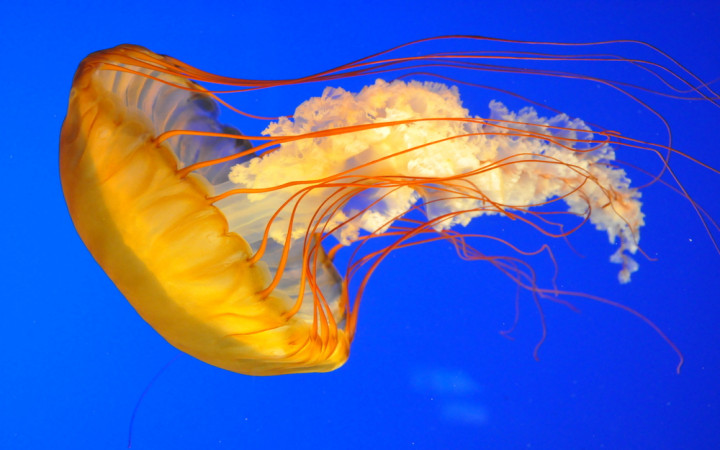By Senzeal | 29 July 2020 | 0 Comments
How to raise jellyfish?
How to raise jellyfish?
Jellyfish is important plankton in the aquatic environment, a very beautiful aquatic animal. Many friends will want to breed at home, so how should the jellyfish be raised? Below I will tell you how to raise jellyfish.

How to raise jellyfish?
Pick the right jellyfish. Moon jellyfish are much less toxic than other dangerous jellyfish (such as box jellyfish). Or jellyfish in the jellyfish lake. However, if a physically sensitive person accidentally touches the jellyfish, it may still be itchy and red due to the sting cells on the jellyfish.
Bred in seawater. Jellyfish are marine organisms, so they must be cultivated with seawater. They need to change the water every week or so to avoid dust and microorganisms blocking the jellyfish and fish from receiving energy and affecting the speed of movement. Be careful not to touch the jellyfish when changing water. Don't rush when adding water.

Professional equipment. An aquarium designed specifically for marine life, especially jellyfish. Special varieties of jellyfish need to have some flow control.
Temperature. A thermostat should also be placed in the aquarium to keep the water temperature around 25 degrees Celsius, otherwise, there will be problems with its "survival".
Feeding. Jellyfish are very demanding on food, and plankton such as Artemia and brine shrimp are their favorite. When the digestive organs and mouth in the jellyfish wings become orange, it means that the jellyfish is full. The feeding frequency and quantity should be well controlled, and should not be too much, because it will cause the water quality to deteriorate easily.
Light source. Light is an important factor for jellyfish to supplement energy. The algae single-cell zooxanthellae in the jellyfish body supply the oxygen produced by their photosynthesis to the jellyfish, and the nitrogenous waste generated by the jellyfish metabolism is just provided to the single-cell zooxanthellae in the body. The relationship between the two is interdependent. Most professional jellyfish breeding aquariums will contain coral blue lights, which can provide photosynthesis of single-cell zooxanthellae, and the lighting time does not need to be particularly strengthened.

What is the principle of jellyfish glowing?
Jellyfish is a cell animal with a simple structure, without muscles and bones, 98% of the body is water, but some jellyfish can glow, such as comb jellyfish swimming in the sea, the body shows a spherical blue light, swimming with comb jellyfish, the body flexes and oscillates, the light is also in various styles, which are very beautiful. The original luminous source of jellyfish is different from other animals. Most other animals emit light due to the catalysis of oxygen by luciferin and luciferase. But the jellyfish glows by a magical protein called Equiline, which can emit strong blue light when it encounters calcium ions. According to research by scientists, each jellyfish contains about 50 micrograms of luminescent protein, which means that the jellyfish emits light by it.
Jellyfish is important plankton in the aquatic environment, a very beautiful aquatic animal. Many friends will want to breed at home, so how should the jellyfish be raised? Below I will tell you how to raise jellyfish.

How to raise jellyfish?
Pick the right jellyfish. Moon jellyfish are much less toxic than other dangerous jellyfish (such as box jellyfish). Or jellyfish in the jellyfish lake. However, if a physically sensitive person accidentally touches the jellyfish, it may still be itchy and red due to the sting cells on the jellyfish.
Bred in seawater. Jellyfish are marine organisms, so they must be cultivated with seawater. They need to change the water every week or so to avoid dust and microorganisms blocking the jellyfish and fish from receiving energy and affecting the speed of movement. Be careful not to touch the jellyfish when changing water. Don't rush when adding water.

Professional equipment. An aquarium designed specifically for marine life, especially jellyfish. Special varieties of jellyfish need to have some flow control.
Temperature. A thermostat should also be placed in the aquarium to keep the water temperature around 25 degrees Celsius, otherwise, there will be problems with its "survival".
Feeding. Jellyfish are very demanding on food, and plankton such as Artemia and brine shrimp are their favorite. When the digestive organs and mouth in the jellyfish wings become orange, it means that the jellyfish is full. The feeding frequency and quantity should be well controlled, and should not be too much, because it will cause the water quality to deteriorate easily.
Light source. Light is an important factor for jellyfish to supplement energy. The algae single-cell zooxanthellae in the jellyfish body supply the oxygen produced by their photosynthesis to the jellyfish, and the nitrogenous waste generated by the jellyfish metabolism is just provided to the single-cell zooxanthellae in the body. The relationship between the two is interdependent. Most professional jellyfish breeding aquariums will contain coral blue lights, which can provide photosynthesis of single-cell zooxanthellae, and the lighting time does not need to be particularly strengthened.

What is the principle of jellyfish glowing?
Jellyfish is a cell animal with a simple structure, without muscles and bones, 98% of the body is water, but some jellyfish can glow, such as comb jellyfish swimming in the sea, the body shows a spherical blue light, swimming with comb jellyfish, the body flexes and oscillates, the light is also in various styles, which are very beautiful. The original luminous source of jellyfish is different from other animals. Most other animals emit light due to the catalysis of oxygen by luciferin and luciferase. But the jellyfish glows by a magical protein called Equiline, which can emit strong blue light when it encounters calcium ions. According to research by scientists, each jellyfish contains about 50 micrograms of luminescent protein, which means that the jellyfish emits light by it.
Leave a Reply
Your email address will not be published.Required fields are marked. *
CATEGORIES
- Aquarium Knowledge
- Aquarium Fishes
- Aquatic Plants
- Other Aquatic Creatures
- Best Aquarium Products
- Aquarium Light
- Aquarium Feeding Knowledge
- Fish Tank & Turtle Tank
- Aquarium Cleaning
- Fish Breeding
- Aquarium Heater
- Aquarium Filtration
- Planted Tank CO2
- Aquarium Decoration
- Shrimp Knowledge
- Aquascaping
- Algae
- Guppy
- Goldfish
- KOI
- Turtle
- Angelfish
- Betta
- Arowana
- Anemone
- Snails
- Fish Keeping
- Tropical
- CAT
- DOG
- BIRD
TAGS